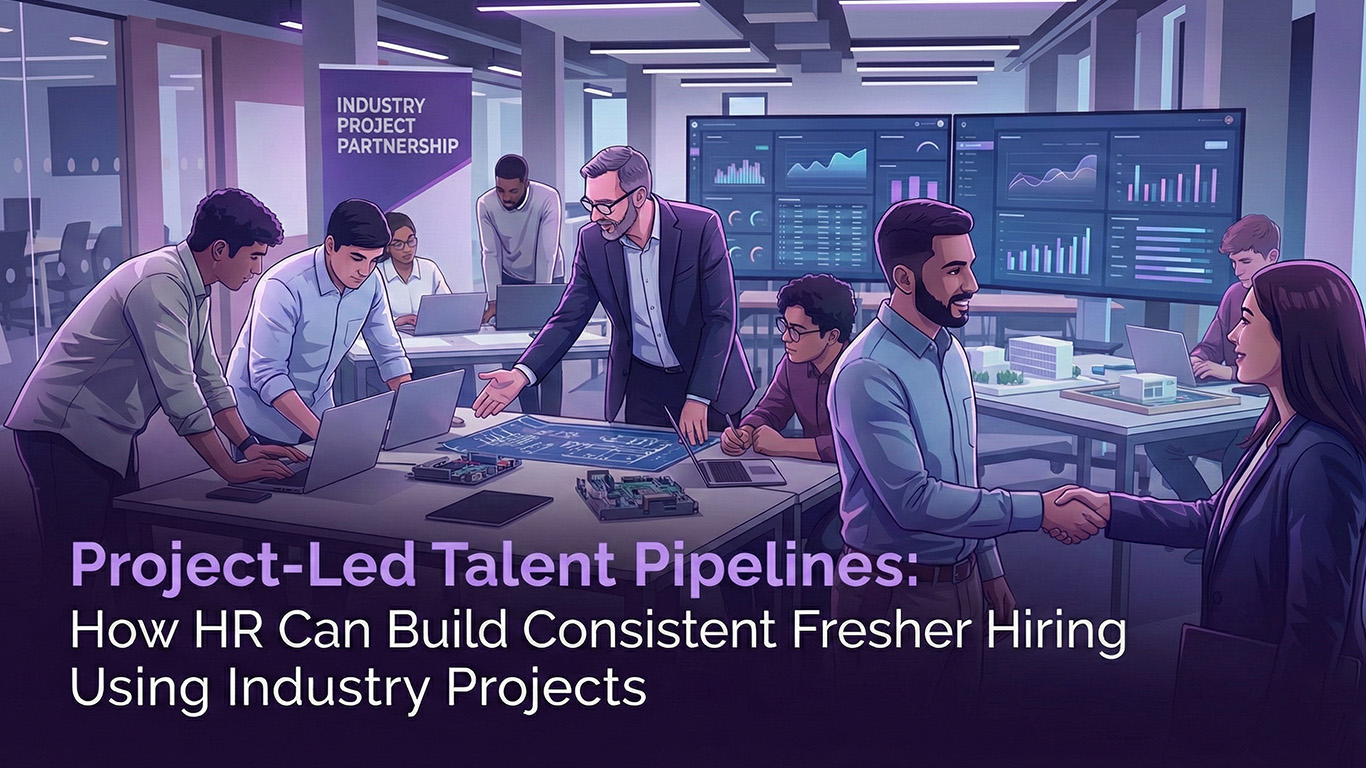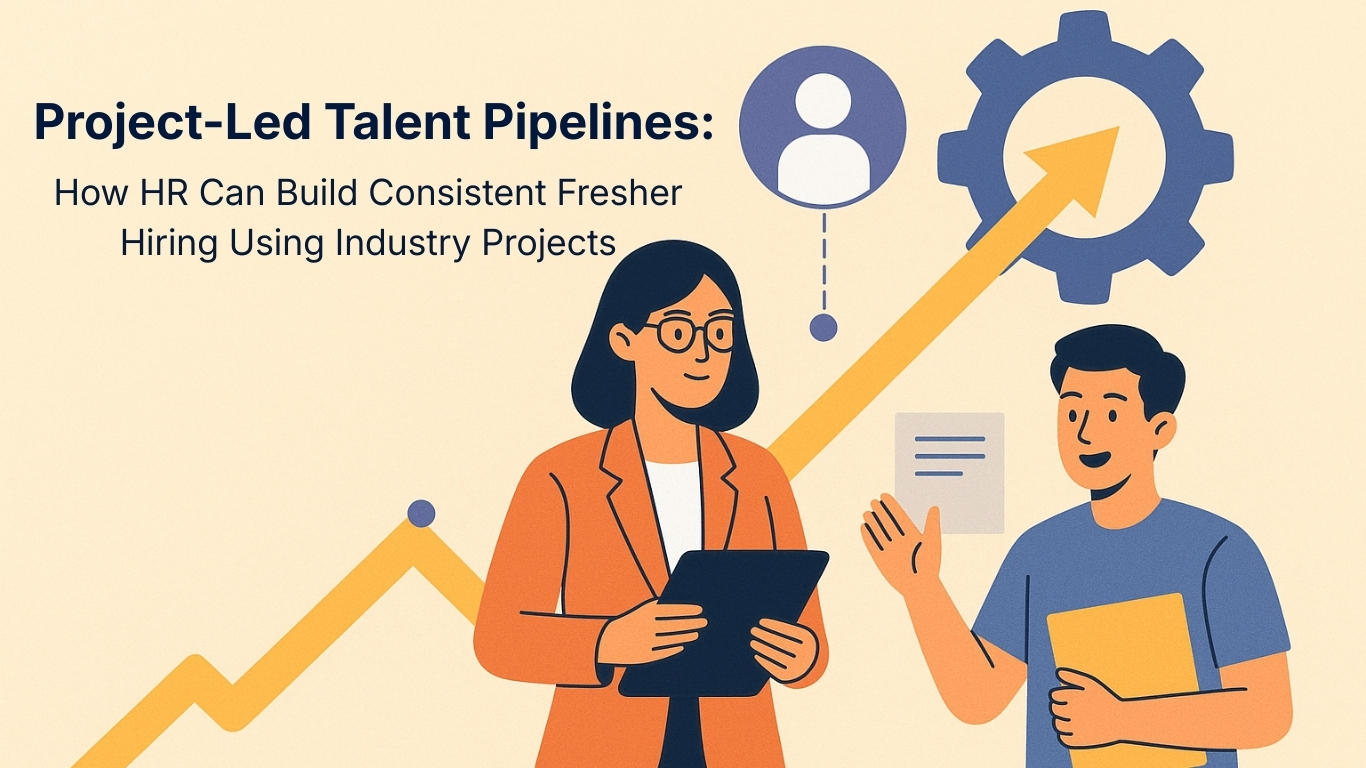Campus recruitment strategies play a vital role in helping companies find the best talent. By employing the right campus recruitment strategies, businesses can access fresh talent pools, enhance employer branding, and build long-term pipelines. In today’s competitive hiring landscape, adopting effective campus recruitment strategies is no longer optional—it’s essential for sustained success.
This blog explores the importance of campus recruitment and outlines actionable strategies to maximize its potential.
1. The Value of Campus Recruitment
Campus recruitment offers numerous advantages for organizations looking to secure top talent early.
Access to a Large Talent Pool
Universities are rich sources of diverse, skilled, and enthusiastic candidates. Fresh graduates bring innovative ideas, technical expertise, and a willingness to learn. Companies can directly engage with this talent pool through recruitment drives, making it easier to find the right fit.
Cost-Effective Hiring
Hiring through campuses is more cost-effective than traditional methods. Companies save on external recruitment costs, including job advertisements and agency fees. Additionally, university partnerships provide a steady stream of candidates, reducing the need for repeated outreach.
Building Long-Term Talent Pipelines
Campus recruitment helps organizations create a reliable pipeline of future-ready employees. By maintaining strong relationships with universities, companies can continuously access skilled graduates who align with their goals.
2. Strategies for Effective Campus Recruitment
a. Build Strong University Relationships
- Partner with universities that align with your industry’s needs and values.
- Engage with students through workshops, guest lectures, and career fairs to establish your brand presence.
- Use platforms like Qollabb to simplify communication and foster collaboration with academic institutions.
b. Leverage Technology in Recruitment
- Implement AI-driven tools for candidate shortlisting to save time and enhance precision.
- Conduct virtual recruitment drives to expand your reach and connect with students across multiple locations.
- Utilize data analytics to gain insights into student performance and hiring trends.
c. Offer Real-World Learning Opportunities
- Design internships, live projects, and case studies that allow students to apply their skills practically.
- Highlight your company’s commitment to skill development and continuous learning.
- Showcase growth opportunities within your organization to attract high-potential candidates.
d. Enhance Employer Branding
- Establish your organization as an employer of choice by actively engaging with the academic community.
- Highlight your company’s innovative practices, employee development programs, and commitment to social impact.
- Use platforms like Qollabb and social media to share success stories, employee testimonials, and behind-the-scenes content.
e. Tailor Your Recruitment Process
- Develop assessments that evaluate role-specific skills, creativity, and adaptability.
- Ensure a smooth candidate experience by streamlining the application and interview process.
- Provide timely feedback to candidates, creating a positive impression of your organization.
3. The Role of Qollabb in Campus Recruitment
Qollabb serves as a powerful tool for optimizing campus recruitment efforts.
- Efficient Drive Management: Qollabb simplifies the process of organizing campus recruitment drives, making them more effective and engaging.
- AI-Powered Candidate Matching: The platform’s AI tools help businesses identify the best-fit candidates quickly and efficiently.
- Real-World Projects: Qollabb connects organizations with students through meaningful internships and projects, allowing companies to evaluate talent before hiring.
4. Common Challenges in Campus Recruitment and How to Overcome Them
High Competition for Top Talent
Engage with students early through pre-placement talks, workshops, and career fairs. Establish your company’s value proposition clearly.
Assessing Large Volumes of Applications
Use AI-driven tools like Qollabb to automate the initial screening process and focus on high-potential candidates.
Retaining Recruited Students
Offer mentorship programs and clear career growth opportunities to ensure long-term employee satisfaction and retention.
5. Metrics for Measuring Campus Recruitment Success
Tracking key metrics ensures you evaluate and improve your recruitment efforts:
- Number of Candidates Hired vs. Offers Extended: Measure the effectiveness of your recruitment drive by analyzing conversion rates.
- Quality of Hires: Assess new hires’ performance, adaptability, and contribution to the organization.
- Cost per Hire: Monitor expenses to ensure cost-effectiveness in your recruitment process.
- Engagement Metrics: Evaluate participation in recruitment events, including attendance at workshops and pre-placement talks.
6. Conclusion
Effective campus recruitment strategies are essential for companies aiming to secure top talent in a competitive market. By building strong university partnerships, leveraging technology, and offering meaningful learning opportunities, organizations can create a robust recruitment pipeline. Platforms like Qollabb make this process seamless by connecting companies with job-ready candidates and streamlining campus hiring efforts.
To stay ahead, invest in strategies that not only attract talent but also build long-term relationships with academic institutions. Let Qollabb be your partner in maximizing campus recruitment success!





